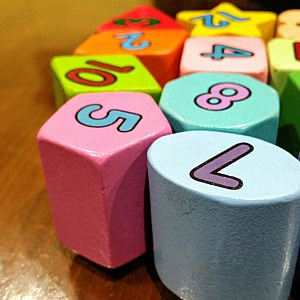How to keep an organised home when you have small children
Some of the most common questions that professional organisers get asked are around how to keep on top of clutter and keep a semblance of an organised home when you have small children. In this post, Rebecca Caution of Conscious Space Professional Organising shares her top tips on how, with a little bit of effort, it really is possible to do so.
Think like a Montessori educator
When it comes to maintaining an organised home with small children as inhabitants, take inspiration from the Montessori approach. Montessori is a method of education based on self-directed activity, hands-on learning and collaborative play. In Montessori nurseries and schools, children make choices in their own learning, whilst staff and classroom set-up guide the process, developing independence and encouraging creativity from a young age. But what does this look like day-to-day in the home?
Designate a place for everyday items and establish daily rituals
Children learn through repetition, so putting in place routines which allow them responsibility for getting themselves ready each day will be effort rewarded with less stressful mornings. Consider affixing a hook for each child - at their level - in your hallway or by your front door. Coats and bags can live here, so that each morning your children can grab them as they leave, and each afternoon return them there. Likewise, shoes - along with seasonal accessories, such as gloves and scarves or sun hats and sunglasses - can be kept in an easily-accessible container under the sofa. My children love having their own special hooks and even though the 17-month old can’t quite put her coat and bag on herself just yet, she has a clear sense of pride at being able to get them herself when she knows it's time to leave.
Easy access kitchen items and mealtime rituals
Similarly, child-friendly cutlery, crockery, baking equipment and lunch containers can also be kept in a place which your children can reach. Once items are within easy reach, rituals can be established around accessing plates and bowls for each meal and returning items to the sink or dishwasher afterwards. In our home, cereals, fruit and healthy snacks are also accessible, so our Reception-aged son can prepare his own breakfast and the toddler can pull out whichever cereal she chooses each day. It may take a little time and repetition to get children to return items to the same place, but it is worth it to see the self-esteem it builds when they are allowed to do these things for themselves.

Fewer toys
Our consumerist culture would have us believe that the arrival of a child in our homes is synonymous with the sudden necessity for a multitude of items we never before considered we would need (clue: we don’t). And the bombardment of daily marketing plying parents and children with messaging that they “needâ€
